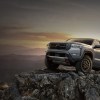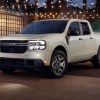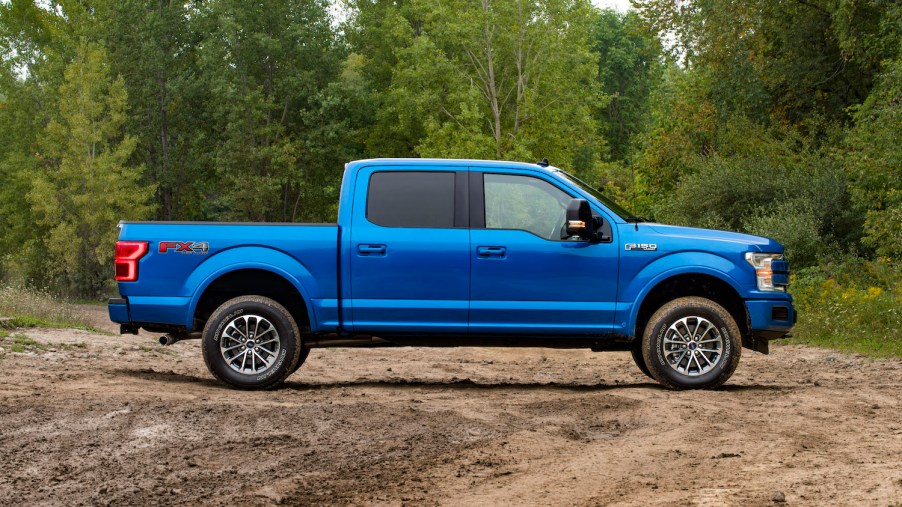
Third-Row Crossover SUVs Will Take a Bite Out of Pickup Truck Sales
I know what you are thinking: how could third-row SUVs–many of which feature unibody construction–possibly compete with full-size pickup trucks? The truth is that most pickup buyers don’t need a truck. If you want one, it is easy to justify buying a modern half-ton instead of a full-frame, two-row SUV. But the increasingly popular third-row crossover offers features a traditional SUV does not, and it’s harder to justify swapping one in for a pickup truck.
The four-door pickup truck is a decent replacement for a full-frame, two-row SUV
What do you think when you see a full-size pickup truck blasting down the highway? If you aren’t a truck person, you may see it as a symbol of excess. But in truth, it might not be as excessive as it looks.
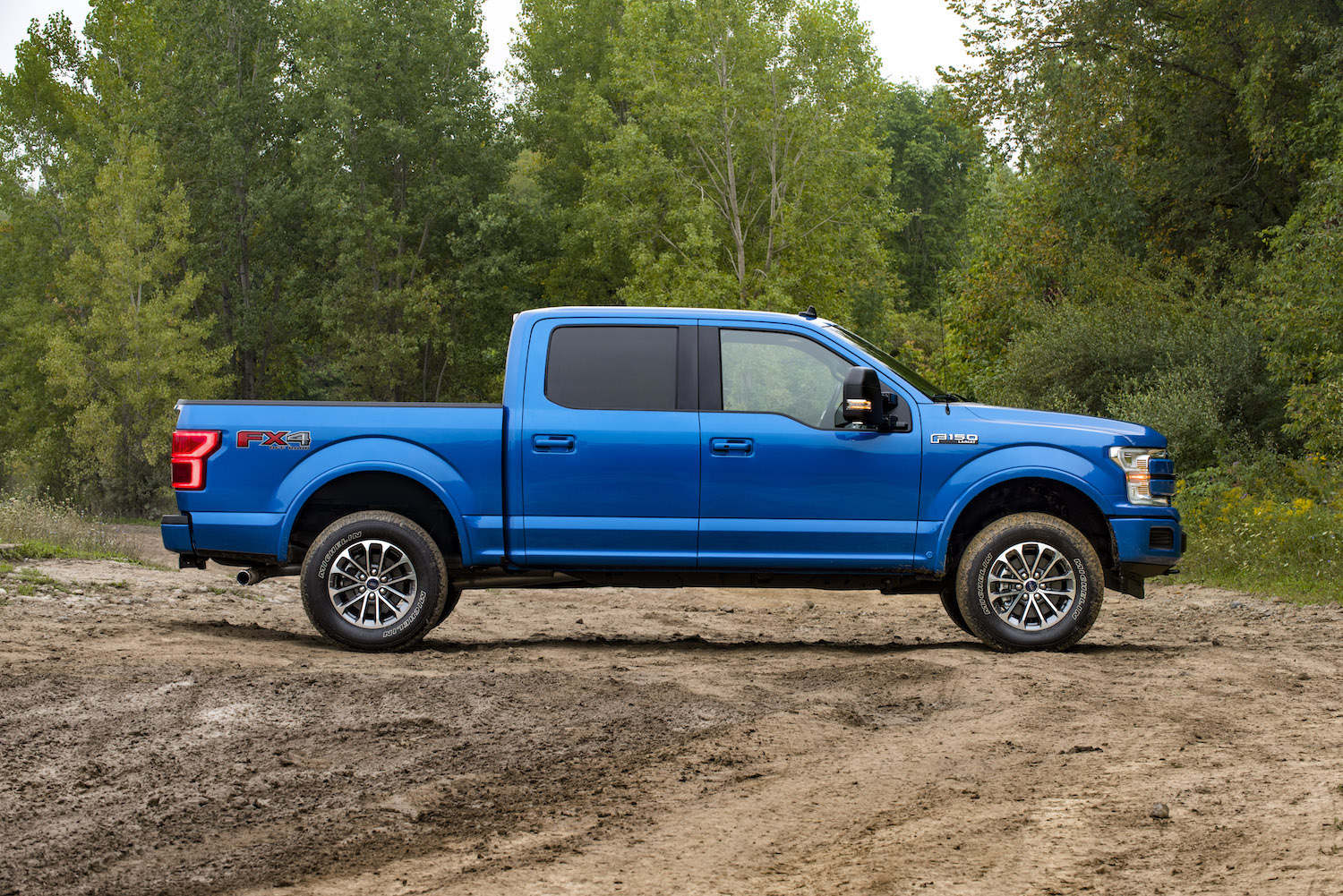
American drivers have grown accustomed to full-frame SUVs. Examples range from the Chevy Tahoe to the Toyota 4Runner to the Jeep Wrangler. Many of these heavy-duty vehicles actually ride on a chassis and powertrain shared with a pickup truck. Some don’t even offer a third row of seating. Trading one in for a pickup truck does not require sacrificing much functionality.
Many modern full-size pickup trucks get over 20 MPG and boast comfortable interiors with modern infotainment systems. Sure they are heavy and ride a bit rougher than a unibody crossover. But throw a tonneau cover on top of the bed and you basically have a two-row full-frame SUV with a very large trunk. This may be why pickup trucks have become such popular daily drivers in recent yeaqrs.
The third-row SUV offers functionality pickup trucks do not
A new class of vehicle is steadily claiming a large share of the market: third-row crossover vehicles. These include the Toyota Highlander, Subaru Ascent, and Honda Pilot. Even the Grand Cherokee and all Land Rovers are technically crossover SUVs.
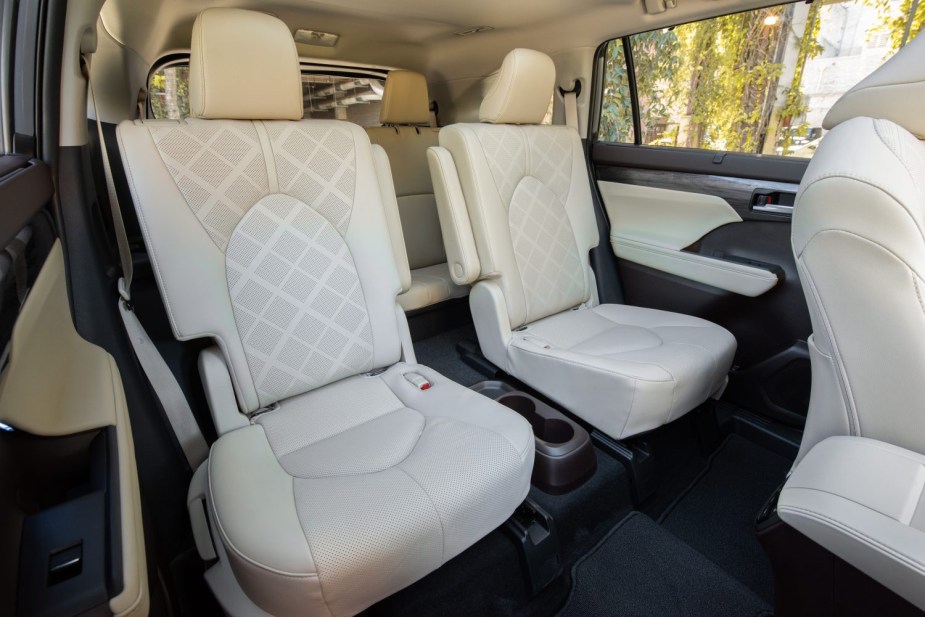
The difference between a crossover and a true SUV is in how they are constructed. Crossovers do not have a full frame beneath their body because their body is the frame. The suspension and powertrain are all attached to a reinforced body shell called a unibody.
This form of vehicle construction was once limited to lightweight cars. But as engineering and manufacturing advance, it is possible to build larger and larger unibody vehicles. To see how modern unibody crossovers stack up to more traditional full-frame SUVs, check out the stats on the Highlander vs the Sequoia in the table below:
| 2022 Toyota Highlander Crossover (Hybrid) | 2023 Toyota Sequoia SUV (Hybrid) | |
| Seating | 6-7 | 7-8 |
| Cargo Space | 84.3 cubic feet | 86.9 cubic feet |
| Gasoline Engine | 2.5-liter I4 | 3.4-liter twin-turbocharged V6 |
| Weight | 4,465 pounds | 6,030 pounds |
| Fuel Efficiency (AWD/4WD) | 20 city/28 highway mpg (23 combined) | 19 city/22 highway mpg (20 combined) |
| 0-60 MPH | 8.4 seconds | 6.0 seconds (estimated by MotorTrend) |
| Tow Rating | 3,500 pounds | 9,520 pounds |
| MSRP | $35,855 | $58,300 |
The rise of the unibody
Take a look at the last line of that table comparing the crossover Highlander and the SUV Sequoia: the Highlander costs over $20k less. That’s the price of an entire Corolla. At the same time the Highlander can fit as much cargo, and almost as many passengers as the Sequoia. It’s no wonder that the third-row crossover segment is growing rapidly.
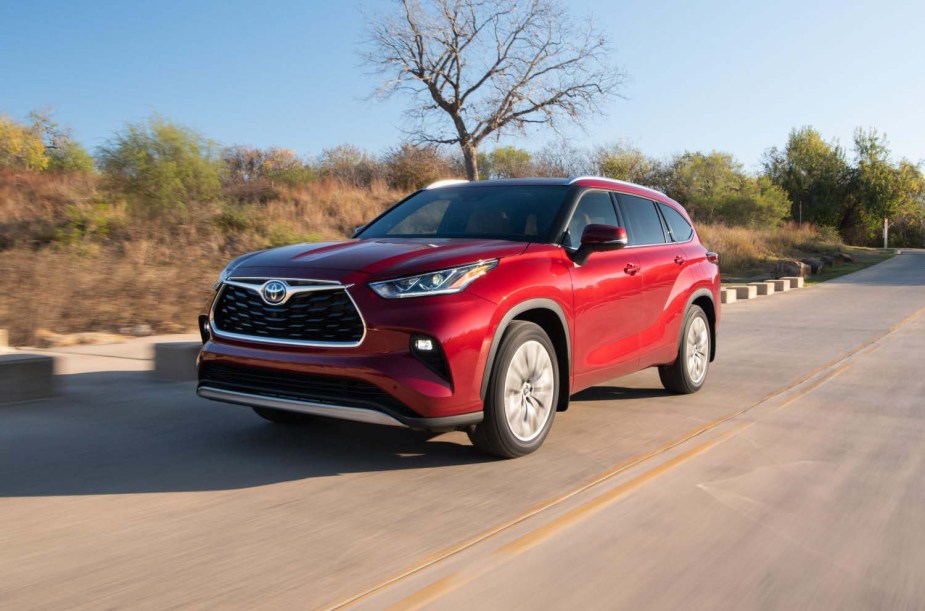
So what does this mean for full-size pickup truck sales? Well if the third-row crossover replaces most full-frame SUVs, it will be much harder to justify swapping one in for a pickup truck. Sure, you could find a pickup truck with two bench seats that can technically fit six passengers. But if your family is used to three rows of seating, cramming everyone into two bench seats is a recipe for a roadtrip-long fight.
My colleague Eric Boman actually reported that according to a recent study in The Drive, 75% of pickup owners only truly need their truck for one job a year–or less. Making a case for buying that truck may have been fairly easy during the era of the SUV, but is going to be a hard sell during the era of the crossover.

